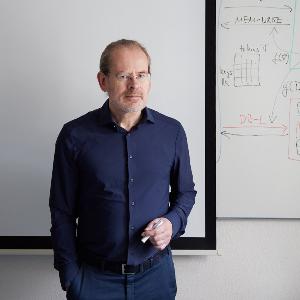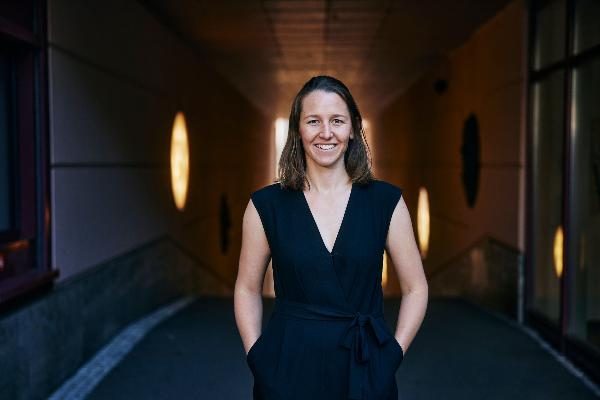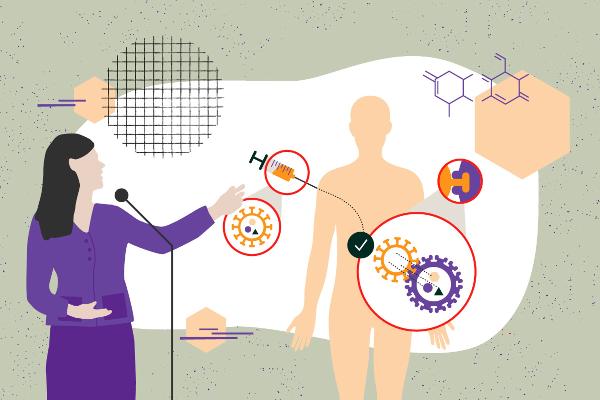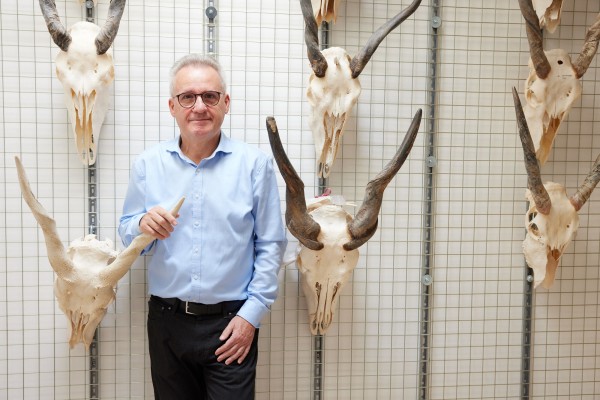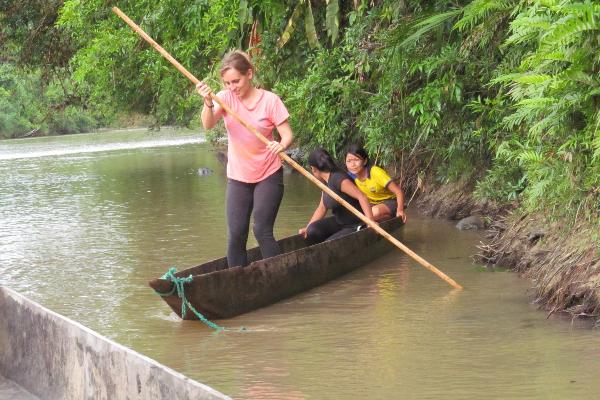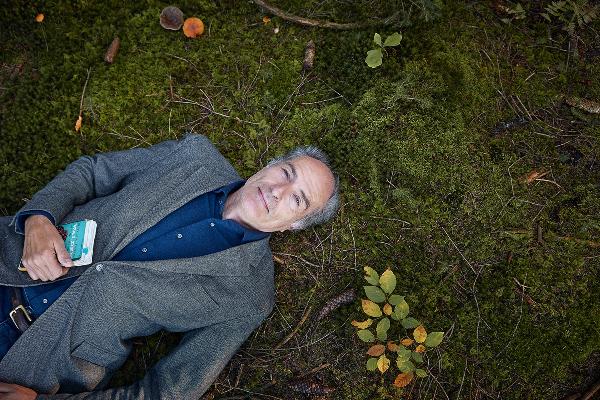
INSIGHTS. Magazine
Latest findings, current debates - INSIGHTS features research at LMU. The latest issue focuses on the topic "Really?" Is the boundary between natural and artificial increasingly fading?
EINSICHTEN is also available as an e-paper
You can read or download the EINSICHTEN research magazine as an e-paper on all mobile devices or your desktop. And: We will be happy to inform you when a new EINSICHTEN issue is online as an e-paper (in german)!
The figure
The science behind the data
84
This is how many different bird species people hunted around the world's oldest stone circle 11,000 years ago.
Wobbly earth axis
1
ROMY, the world's only ring laser, can measure deviations in the alignment of the Earth's axis with an accuracy of one arc second.
Infectious multiplication
64
This is how many daughter cells the parasite Toxoplasma gondii can form in a single host cell.

